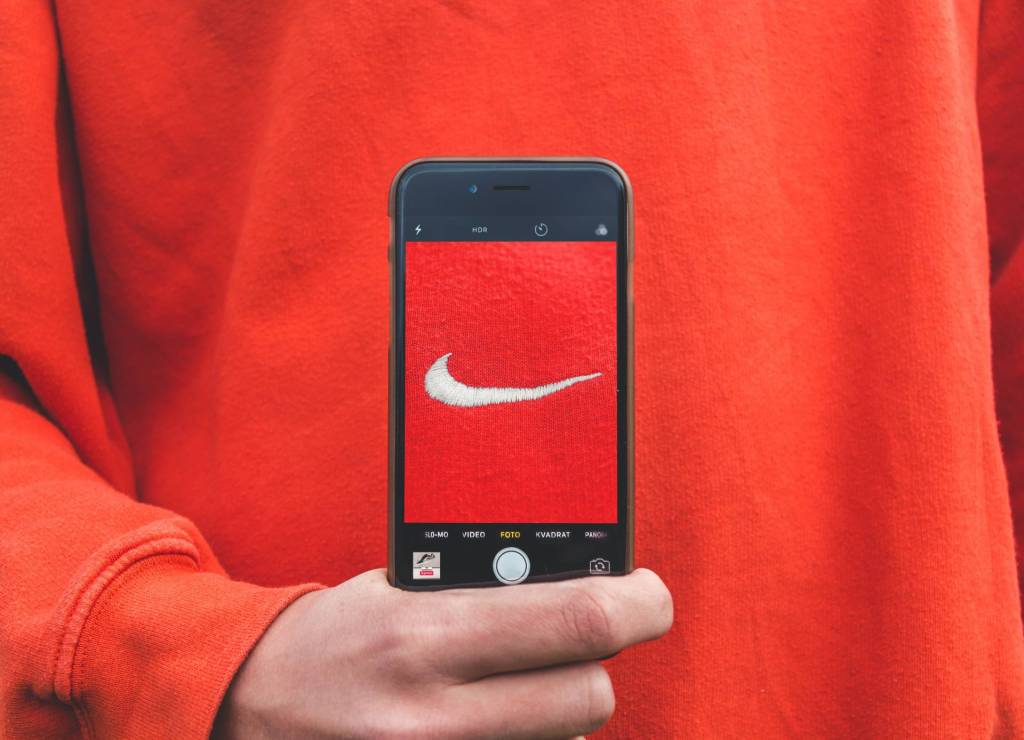Save time during 2012 by modeling your personal branding success on the ideas, strategies, and tactics of authors and small business owners who have already built strong personal brands.
Avoid the temptation to constantly reinvent the wheel. Look around you for examples of marketing and personal brand building success that you can model and adapt.
Modeling, however, is not a license to “steal.” Modeling is as different from stealing as inspiration is different from copying.
Modeling is a sound branding strategy that allows your to be inspired by what others have done, so you can adapt it to your specific marketing situation.
That’s a whole lot different than copying their blog posts or their mission statement, and passing them off as your own work.
Seth Godin’s “factory”
For example, on December 18th, I was very inspired by a wonderful photograph of Seth Godin’s desk in a recent blog post by Jim Connelly, A Look Inside Seth Godin’s Factory. The photograph stopped me in my tracks and inspired me to take immediate action de-cluttering my own desk and office.
In addition, the photograph inspired and energized me by helping me realize how lucky I am that I don’t “need” to be surrounded by things to make my own “factory” more efficient. That simple thought added a jolt of caffeine and discipline to my efforts that day, and the days that followed.
Note, I didn’t “copy” Seth’s environment and go out and buy a beautiful blond table and set of conference room chairs. But, I did learn from the photograph and the blog post, and simply adapted the ideas to my needs and resources.
The elements of modeling success
Use the 7 essentials of modeling success, below, to help you improve your ability to model the success of others in your field as you move forward create the books and marketing content needed for your 2012 personal branding success:
- Locate. Start by identifying those with a proven track record of success addressing personal brand building challenges similar to the challenges you’re facing. Start in your field, but also look allow outside your field for individuals who have overcome challenges similar to yours. Don’t be mislead by “1-hit wonders” or overnight successes who quickly disappeared for years. Look for individuals and firms who have consistent success over a period of years.
- Analyze. Next, take the time to analyze the building blocks of their branding success. Ask yourself, “What are they doing over and over again that their less-successful competitors aren’t doing?” Look beyond the obvious, like the wording of a single headline, and try to understand the “formula” behind their headlines.
- Follow. Once you’ve located a consistently successful personal brand you can identify with, don’t abandon it too quickly. Build return visits to their website, blog, Facebook page, or their Twitter account into your weekly return. Take notes, or use a screen capture program like SnagIt, so you can follow the visual, as well as content, elements of their personal branding success.
- Plan. Knowledge, by itself, is not power! The power comes from implementing, or making use of, the lessons you’re learning by modeling the personal branding success elements of others. As always, don’t try to too much, too soon. Instead, create a plan that identifies the lessons you want to model, and schedule one step at a time over a period of several weeks. Take action on your intentions by committing specific dates and times to specific tasks.
- Implement. The hard part is over, once you get to the point of knowing what you want to do and when you’re going to do it. Many find that actually doing the work is a lot easier than the stress involved in continued procrastination and putting off the work.
- Track. Tracking follows implementation; it’s the act of identifying what’s working and what isn’t working in your particular situation. By measuring the success of your various modeling efforts, you’ll know what to abandon and what to commit to on an ongoing basis.
- Repeat. The modeling process never ends. While you’re implementing one set of lessons, others are breaking new ground using different marketing and personal brand building ideas, tools, and strategies. Over time, you’re likely want to reallocate time to follow a different mix, checking in less frequently with your original sources of inspiration.
Share your “modeling expeiences”
The start of a new year provides an excellent opportunity to review your marketing and personal branding activities. Use modeling to enhance your marketing and brand-building skills by learning how model your 2012 personal branding success on the ideas, strategies, and tactics of others who have overcome the challenges you’ve been facing. Please share your modeling experiences, questions and tips, below, as comments.
Author:
Roger C. Parker is an author, book coach, designer, consultant who works with authors, marketers, & business professionals to achieve success with brand-building books & practical marketing strategy. He helps create successful marketing materials that look great & get results, and can turn any complex marketing or writing task into baby steps. Visit his website to see how he can help you or to ask a question.












